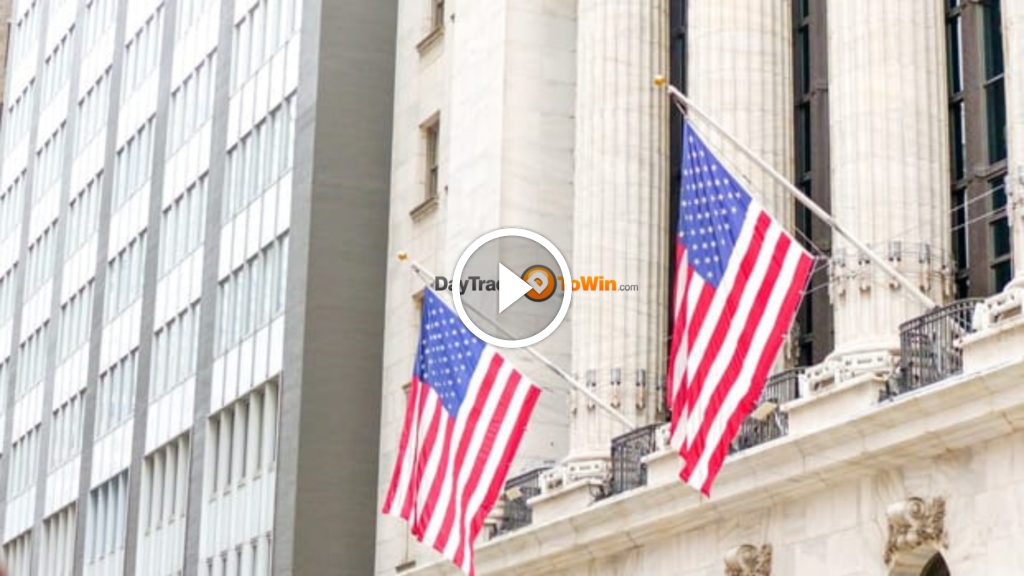[ad_1]
Market momentum shifted gears as the first quarter concluded with smooth sailing for stock-market enthusiasts, witnessing a streak of record highs for the S&P 500 and Dow Jones Industrial Average. However, the current narrative is being dictated by the pronounced surge in Treasury yields and oil prices.
The Dow Jones Industrial Average tumbled over 500 points at the opening bell on Tuesday, marking the second consecutive day of equity decline. By afternoon, the index remained down around 480 points, or 1.2%, while the S&P 500 experienced a 0.9% dip.
Sam Stovall, chief investment strategist at CFRA, noted that the S&P 500’s impressive 30% rally since October suggests a potential pullback. He highlighted the pivotal role of the 10-year Treasury yield in this scenario.
The recent sharp increase in Treasury yields, inversely related to bond prices, is widely perceived as the catalyst for the current equity stumble. The 10-year note yield climbed 4.2 basis points to approximately 4.37% on Tuesday, nearing its 2024 peak of nearly 4.4%.
Rising yields negatively impact stocks by elevating borrowing costs for companies and diminishing the present value of future profits, a fundamental basis for equity valuations. Moreover, the rapidity of this yield surge reverberates across markets, prompting investors and traders to adjust their portfolios to meet margin calls or rebalance positions.
In tandem with rising yields, escalating concerns over a broader Middle East conflict have propelled oil prices upwards, further weighing on equities. West Texas Intermediate crude for May delivery surged 1.4% to $84.89 a barrel on Tuesday, breaching $85 for the first time since October, fueled by Iran’s pledge to retaliate against an Israeli strike in Syria.
This convergence of factors mirrors the market dynamics observed during the October stock slide, emphasizing concerns about persistent inflationary pressures. Such concerns challenge expectations of the Federal Reserve’s planned rate cuts for 2024, potentially prompting investors to shift towards safer assets amid market headwinds.
As uncertainties loom, the outlook for Treasury and stock selloffs remains uncertain. Recent market dips have been swiftly met with buy-side activity, reminiscent of the rebound following the February 13 downturn triggered by higher-than-expected inflation data.
Looking ahead, a slew of economic data releases and Federal Reserve statements will likely shape market sentiment, with particular attention on Friday’s March jobs report. The stumble at the start of April underscores the significance of forthcoming economic indicators, especially in light of the potential impact of rising yields on equities.
[ad_2]
Source link
